The Flavian Amphitheatre (The Colosseum)

 Condividi
Condividi

The Temple of Jupiter stood on the Capitoline Hill and was dedicated to the
[...]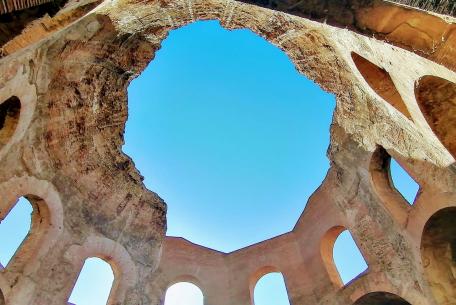
The so-called Temple of Minerva Medica is located in the Esquilino district, in Via Giolitti, next to the Rome-Pantano urban railway line.
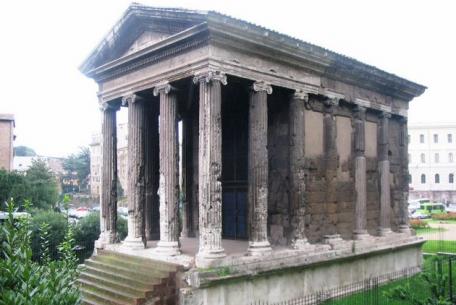
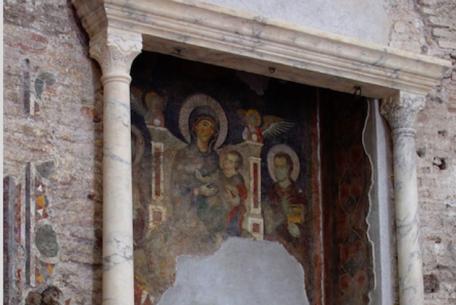
The so-called Temple of Romulus stands in the archaeological area of the Roman Forum,
[...]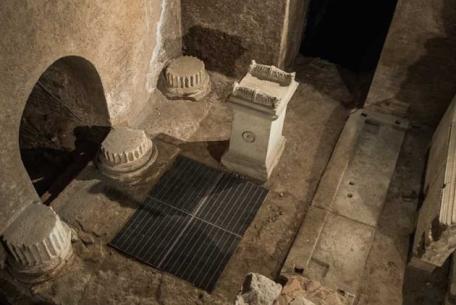
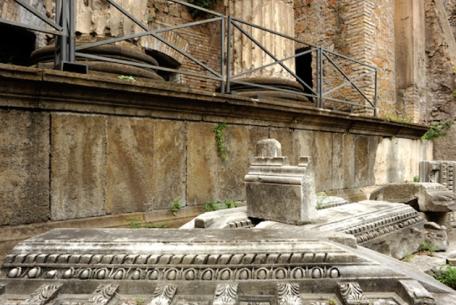
The remains of the temple, consisting of part of the podium and two columns with Corinthian capitals, came to light in 1938 during the demolitions for the enlargement of via delle Botteghe Oscure,
[...]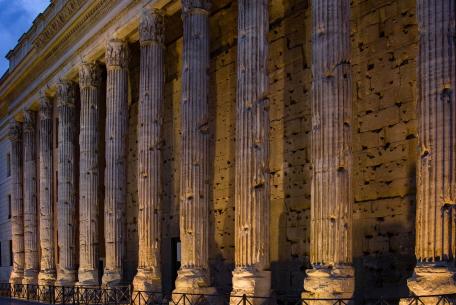
Probably, the construction of the building was commissioned by Emperor Hadrian who intended to dedicate it to his wife Vibia Sabina, who died and was then deified
[...]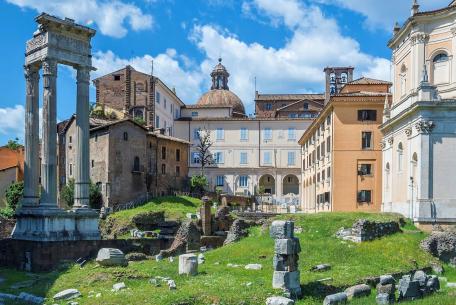
On the right of Portico di Ottavia, in the Hebrew district, the remains of a temple dedicated to God Apollo are still visible today near to the Theatre of Marcellus
[...]
The remains of the three temples stand in the Sant'Angelo district, near
[...]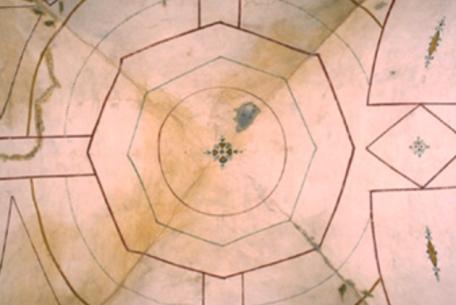
Built by the Emperor Decius (249-251 AD) in 249, the Decian Baths (in Latin Thermae Decianae) were a thermal complex built on the
[...]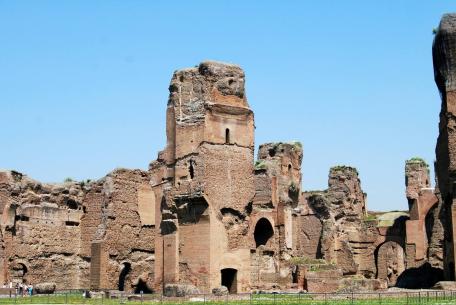
The Thermae Antonianae, one of the largest and best preserved thermal complexes of antiquity, was built at the behest of the Emperor Caracalla on the

The baths built by Titus and dedicated in 80 AD are one of the oldest examples of Roman baths of “imperial” age and type.
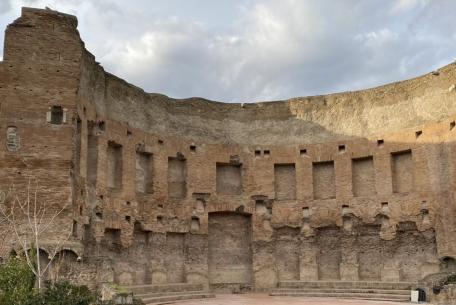
The Thermae Traiani or Thermae Traianae rise on the top of Colle Oppio, in the third Augustan region and were built, as we know from ancient literary sources, on
[...]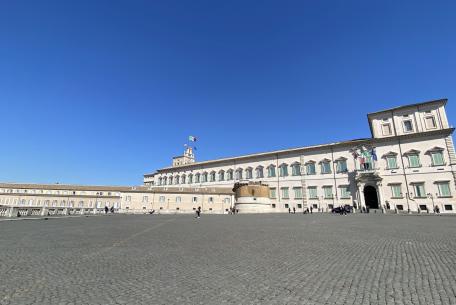
At the top of the steps that rise from Via della Dataria, the charming terrace of the Quirinale, one of the privileged points of view over the city, extends a few steps from the suggestive alleys t
[...]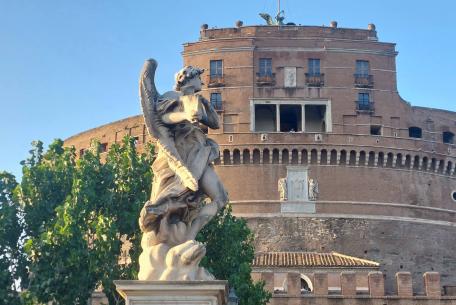
From Castel Sant’Angelo, you can enjoy a spectacular view of the entire city: enter the cast
[...]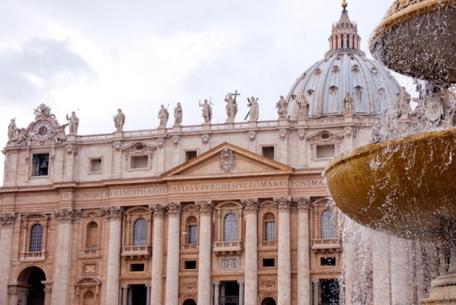
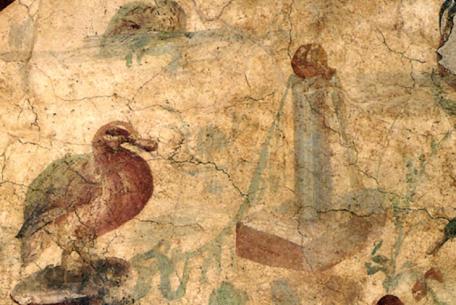
The tomb was discovered in 1971 in the Zoological Garden during the construction of the 'monkey village'.
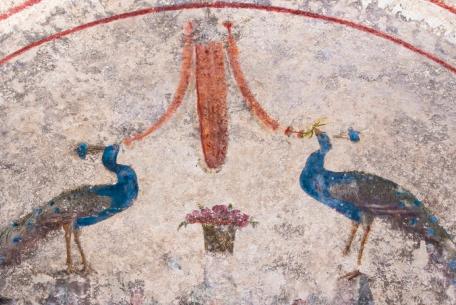
The Tombs of Fadilla and of the Nasonii rise along the Via Flaminia, between Corso Francia and Saxa Rubra.
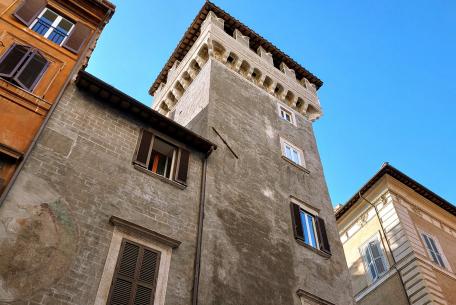
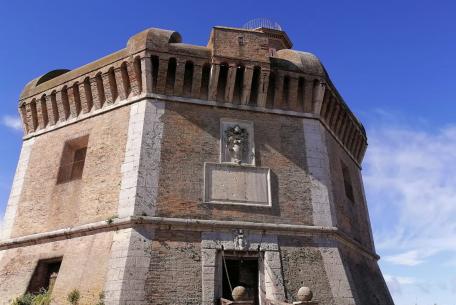
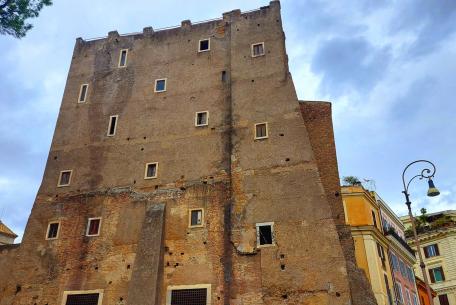
It is still today imposing and majestic, although it has been reduced to a third of its original structure, and as such a perfect example of the medieval Rome’s tower-houses, resid
[...]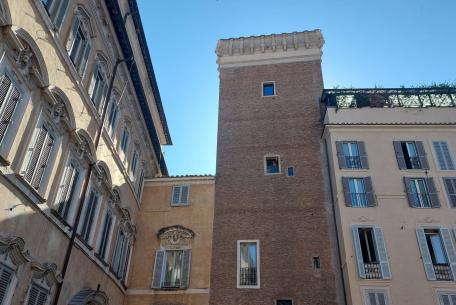
Amid the steep ups and downs of the Rione Monti, a picturesque 17th-century mansion encompasses an equ
[...]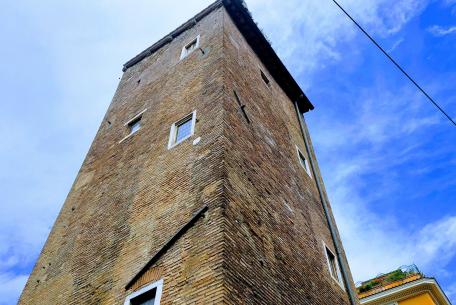
It is one of the few survivors of the more than 300 towers that defined the skyline of medieval Rome, although at the time it was embedded in the urban fabric and
[...]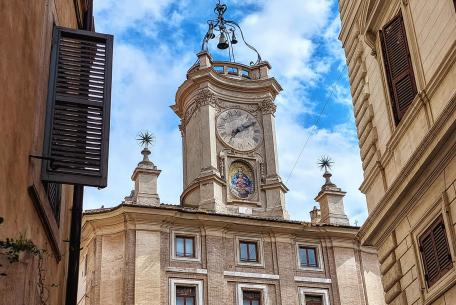
Although it does not rank among Rome’s best-known great monuments, it is still one of the city’s landmarks and it is no coincidence that the large central clock that dominates its
[...]
Rome also has a leaning tower, you just have to look at it from afar to notice its inclination: located on the western end of the Quirinale Hill and about 50 meters high, it is the
[...]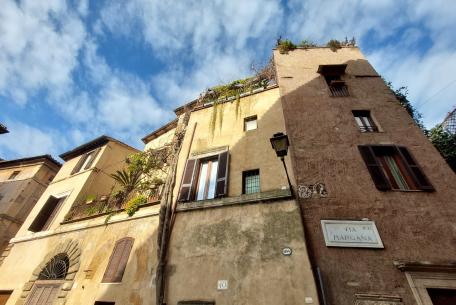
In the charming and quiet little square where the Margana Tower stands, a stone’s throw from the Capit
[...]
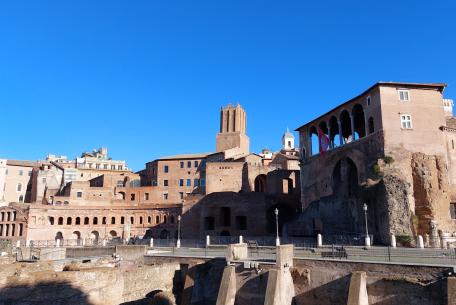
A privileged view of the Imperial Forum excavations and Trajan's Markets
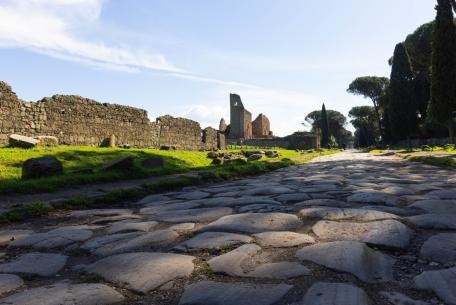
Located in the park of the samen name, the Appian Way keeps a historical, archaeological, and architectural heritage unique in the world.
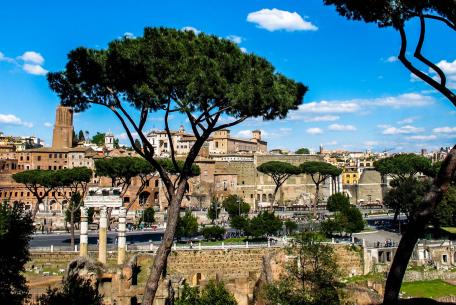

 Condividi
Condividi
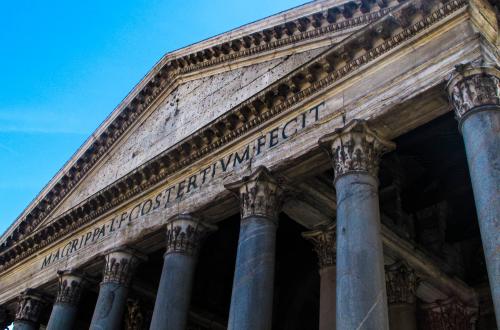
 Condividi
Condividi

 Condividi
Condividi
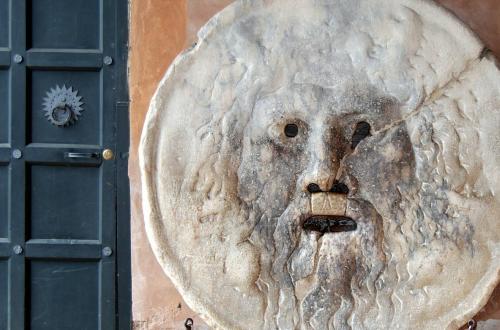
 Condividi
Condividi
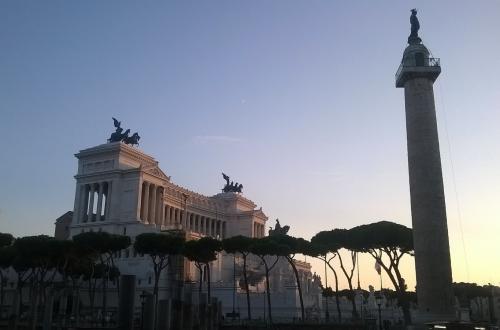
 Condividi
Condividi
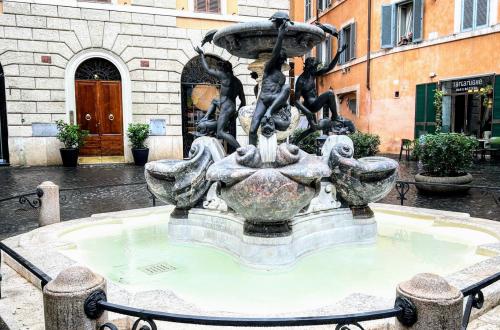
 Condividi
Condividi
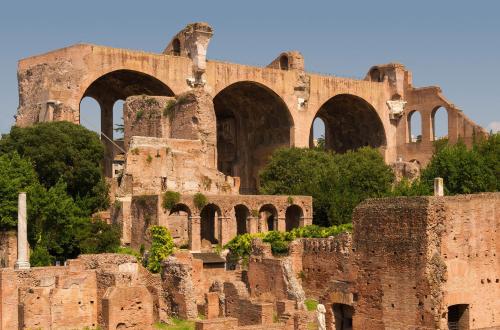
 Condividi
Condividi